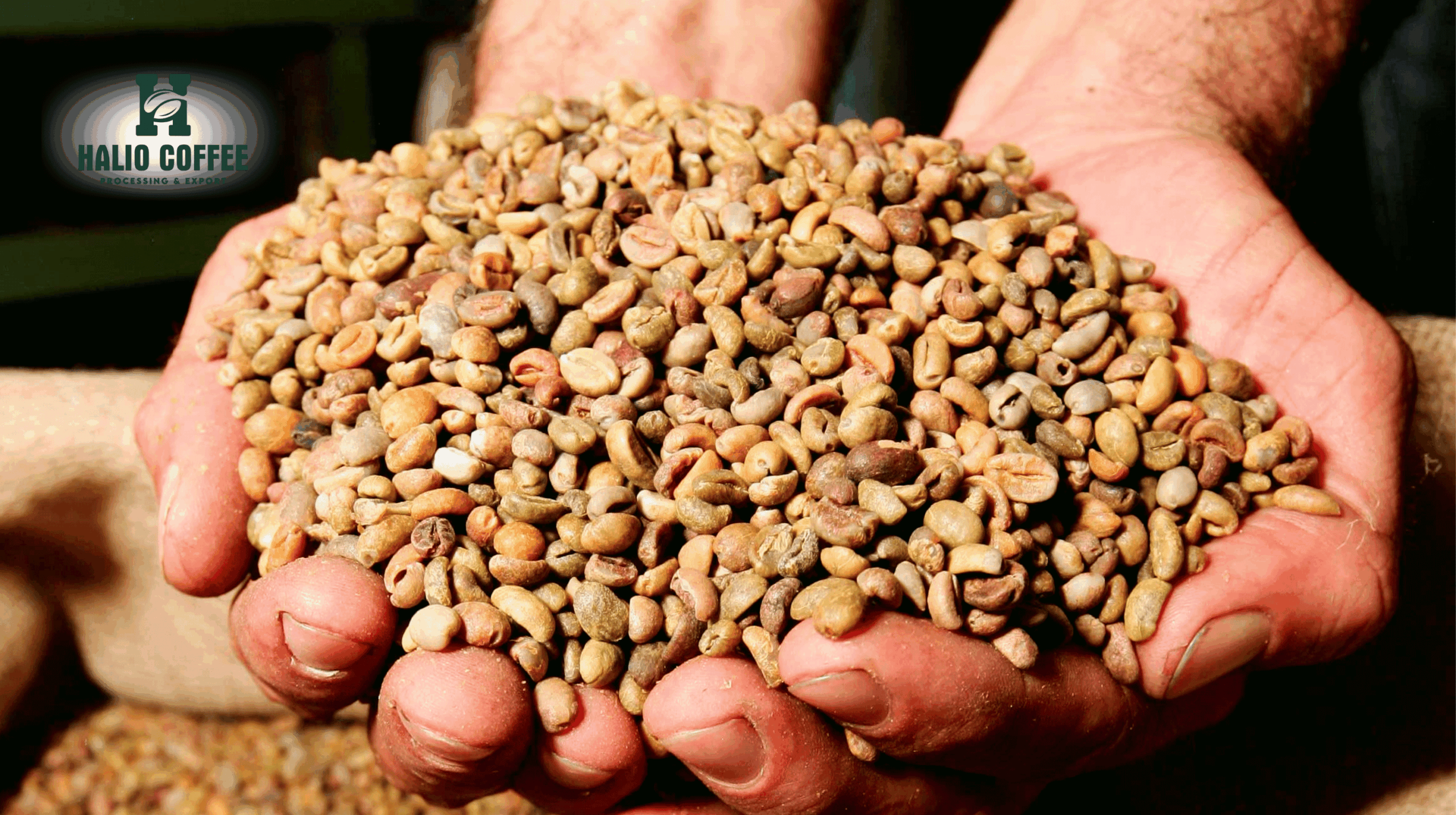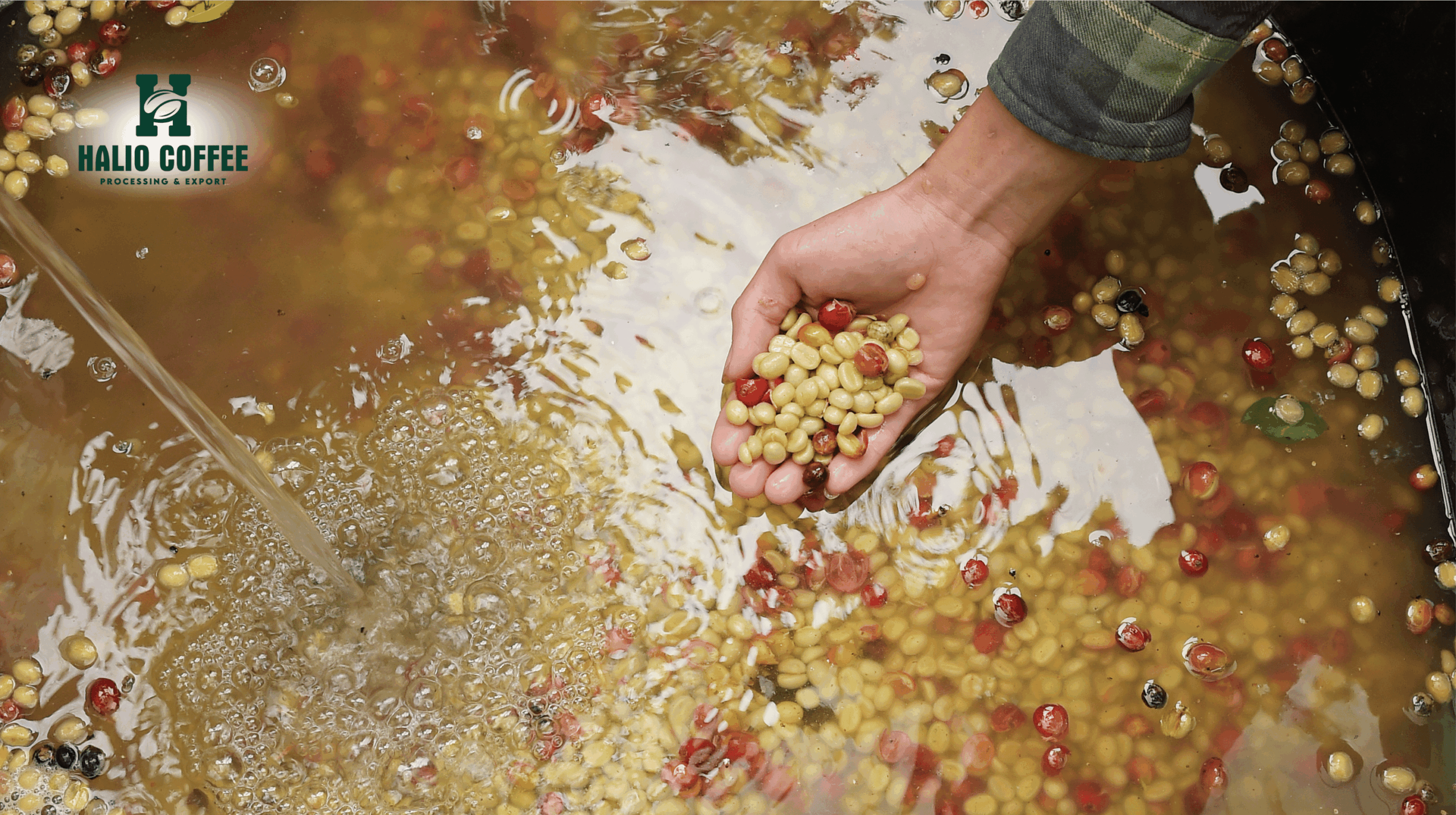Coffee Prices Today September 16: Both Exchanges Surge, Domestic Market Nears 123,000 VND/kg
Coffee prices rose sharply by more than 5% on global exchanges, driven by drought conditions in Brazil and tightening U.S. supplies following the imposition of a 50% tariff on Brazilian shipments. In Vietnam’s domestic market, prices also jumped by 2,600–2,800 VND/kg, approaching the 123,000 VND/kg threshold.
Domestic Coffee Market Update
As of 11:00 a.m. on September 16, coffee prices in the Central Highlands ranged between 122,200 and 122,800 VND/kg, climbing 2,600–2,800 VND/kg compared to the previous day.
- Đắk Nông recorded the sharpest increase of +2,800 VND/kg, reaching 122,800 VND/kg — the highest in the region.
- Đắk Lắk rose by +2,700 VND/kg to 122,700 VND/kg.
- Gia Lai also gained +2,700 VND/kg, trading at 122,500 VND/kg.
- Lâm Đồng increased by +2,600 VND/kg, reaching 122,200 VND/kg.
Exchange rate (USD/VND): 26,158 (–8, according to Vietcombank).
Global Coffee Market Update
At the close of trading on September 15:
- On the London Exchange, robusta futures for November 2025 delivery surged 5.24% (+241 USD) to 4,842 USD/ton, marking the fourth consecutive gain. The January 2026 contract jumped 5.46% (+247 USD) to 4,774 USD/ton.
- On the New York Exchange, arabica futures for December 2025 delivery climbed 5.24% (+20.8 US cents/pound) to 417.65 US cents/pound, while the March 2026 contract rose 4.9% (+18.75 US cents/pound) to 401.1 US cents/pound.
According to Reuters and Barchart, arabica futures for December hit record highs, with the near-term September contract reaching its highest level in nearly seven months. Robusta also touched a three-week high.
A lack of rainfall in Brazil’s coffee-growing regions, particularly Minas Gerais — the country’s largest arabica-producing state — has fueled price gains. Meteorological agency Somar reported no rain in the region during the week ending September 13.
Meanwhile, the Brazilian real reached a 15-month high against the U.S. dollar, prompting producers to hold back on exports.
Traders also noted that heavy fund buying contributed to the rally, amid tightening U.S. supplies following Washington’s 50% tariff on Brazilian coffee imports. U.S. buyers have canceled new contracts for green coffee beans from Brazil, shrinking available supply, as about one-third of U.S. green coffee imports typically come from Brazil.
ICE-monitored inventories continued to decline, with arabica stocks dropping to a 16-month low of 666,337 bags as of September 15. Robusta stocks fell to 6,556 lots, close to the seven-week low of 6,552 lots recorded on August 28.
Bloomberg reported that the surge is putting increasing financial pressure on coffee businesses, including cooperatives and roasters. German importer List + Beisler warned that higher consumer prices are combining with liquidity strains, creating a “dangerous mix.”
With rising prices, investment funds have expanded net-long positions to their highest level since May, pushing arabica into overbought territory. The 14-day Relative Strength Index (RSI) rose above 70, signaling that futures may have climbed too quickly.
Judy Ganes, president of J. Ganes Consulting, said the rally forced some traders to cover short positions, driving prices higher. She added that while current dryness is not extreme, “the market is being dominated by fear” due to earlier weather concerns that affected bean size.
Despite improving global output, non-Brazilian coffee remains expensive as “everyone is scrambling to buy as much as possible from other sources — mainly because of tariffs,” Ganes noted.
- Coffee Prices Today, Nov 6: Both Markets Rise; Strong Arabica Rally Pulls Robusta Higher
- Comparing Coffee Brokers vs Direct Suppliers in Vietnam
- Coffee Prices Today, October 28th: Both Exchanges Drop Sharply on Signals of US Easing Tariffs on Vietnam
- Coffee Price Today, July 31: Robusta Hits Two-Week High, Arabica Continues to Slide
- A Buyer’s Master Guide to Vietnam Green Coffee Beans







